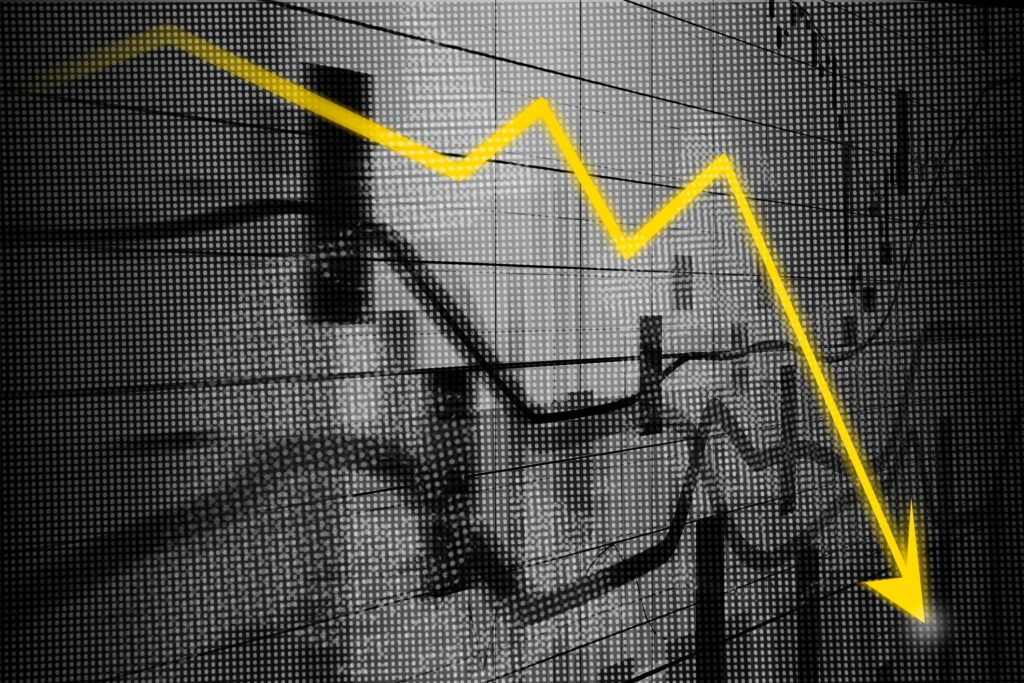The Food and Agriculture Organisation of the United Nations (FAO) recently reported that global food prices fell on a monthly basis in October. The price index for the basket of staple food commodities fell from 121.5 points to 120.6 points, but the price index for milk and dairy products rose for the first time in nine months.
At the annual level, the value of the basket index for basic food commodities was also lower – by 10.9 percent. World cereal prices fell by 1 percent, rice prices by 2 percent, and wheat prices by 1.9 percent. Vegetable oil prices fell by 0.7 percent, with lower palm oil prices offset by higher prices for sunflower, soybean, and rapeseed oils; soybean oil became more expensive due to strong demand from biodiesel production. Sugar is 2.2 percent cheaper than in September but still more expensive than it was last October. The prices of meat fell by 0.6 percent, mainly on account of pork – poultry, beef and sheep meat were even slightly more expensive. And, as already mentioned, milk and dairy products also rose in price, with world prices being 2.2 percent higher in October than the month before.
Slovenian inflation is significantly above the euro area average
Food prices (along with alcohol, tobacco, services and energy prices) are, of course, linked to inflation, which amounted to 2.9 percent in the euro area in October, according to the first estimates by the statistical office of the European Union – Eurostat, after it reached 4.3 percent in September, which was the lowest inflation rate since July 2021.
However, Slovenia has nothing to be proud of, since inflation in our country in October was significantly above the euro area average, with annual price growth of 6.6 percent, as measured by the Harmonised Index of Consumer Prices (HICP), and non-harmonised inflation of 6.9 percent. Only Slovakia (7.8 percent) and Croatia (6.7 percent) had higher inflation than us, according to Eurostat data.
M. Bo.


